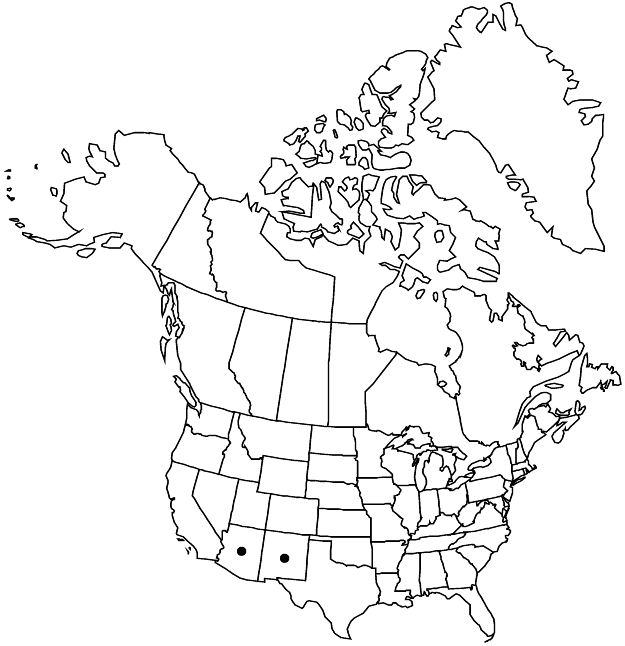Difference between revisions of "Euphorbia cuphosperma"
Prodr. 15(2): 73. 1862.
FNA>Volume Importer |
FNA>Volume Importer |
||
| Line 12: | Line 12: | ||
|label=Weedy | |label=Weedy | ||
}} | }} | ||
| − | |basionyms={{Treatment/ID/ | + | |basionyms={{Treatment/ID/Basionym |
|name=Euphorbia dentata var. cuphosperma | |name=Euphorbia dentata var. cuphosperma | ||
|authority=Engelmann in W. H. Emory | |authority=Engelmann in W. H. Emory | ||
| + | |publication_title=Rep. U.S. Mex. Bound. | ||
| + | |publication_place=2(1): 190. 1859 | ||
}} | }} | ||
|synonyms={{Treatment/ID/Synonym | |synonyms={{Treatment/ID/Synonym | ||
| Line 57: | Line 59: | ||
|publication year=1862 | |publication year=1862 | ||
|special status=Weedy | |special status=Weedy | ||
| − | |source xml=https://jpend@bitbucket.org/aafc-mbb/fna-data-curation.git/src/ | + | |source xml=https://jpend@bitbucket.org/aafc-mbb/fna-data-curation.git/src/f6b125a955440c0872999024f038d74684f65921/coarse_grained_fna_xml/V12/V12_567.xml |
|genus=Euphorbia | |genus=Euphorbia | ||
|section=Euphorbia sect. Poinsettia | |section=Euphorbia sect. Poinsettia | ||
Revision as of 19:19, 24 September 2019
Herbs, annual, with taproot. Stems erect, 13–20 cm, both pilose to villous and densely strigillose; branches ± straight. Leaves usually opposite, occasionally alternate at distal nodes; petiole 3–15 mm, pilose; blade narrowly to broadly elliptic, or lanceolate to ovate, 30–80 × 10–15 mm, base cuneate to rounded, margins coarsely crenate-dentate, strigose, revolute to nearly flat, apex broadly acute to acuminate, or obtuse, abaxial surface pilose, adaxial surface sparsely strigose-hirsute; venation pinnate, midvein prominent. Cyathial arrangement: terminal pleiochasial branches usually 3, occasionally reduced to congested cyme, 1–2-branched; pleiochasial bracts 2–4, often whorled, wholly green or paler green at base, similar in shape and size to distal leaves or slightly narrower; dichasial bracts highly reduced. Cyathia: peduncle 0.5–0.8 mm. Involucre campanulate to slightly cylindric, 2.3 × 1.2 mm, glabrous; involucral lobes divided into several linear, smooth lobes; gland 1, yellow-green, stipitate, clavate, 1–1.2 × 0.8–0.9 mm, opening bilabiate and oblong, glabrous; appendages absent. Staminate flowers 3–5. Pistillate flowers: ovary pilose; styles 1.2 mm, 2-fid nearly entire length. Capsules broadly ovoid, 2.2–3 × 1.9–2.7 mm, 3-lobed, pilose; columella 2–2.4 mm. Seeds gray-brown to pale gray, pyramidally ovoid, angular in cross section, 2.3–2.6 × 2.4–2.6 mm, coarsely tuberculate, tubercles in 2 transverse rows; caruncle 0.2–0.4 mm. 2n = 56.
Phenology: Flowering and fruiting summer–fall.
Habitat: Open montane and canyon forests, pinyon-juniper forests, montane grasslands, stream beds, disturbed habitats.
Elevation: 800–2000 m.
Distribution

Ariz., N.Mex., Mexico, Central America (Guatemala).
Discussion
Selected References
None.